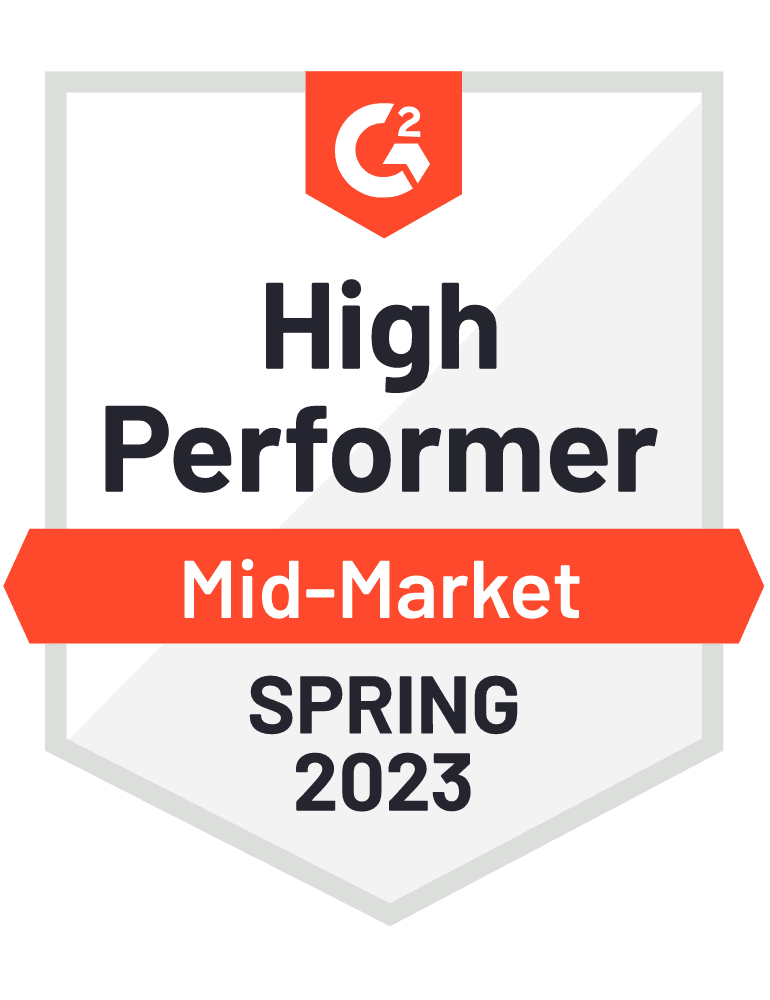Becoming a hospice administrator can be a rewarding and challenging career choice. Hospice administrators play a crucial […]
Between 2011 and 2019, the percentage of adults aged 70 and older with dementia declined from 13% to 10%. While that is an encouraging statistic for older Americans, as the baby boomer generation ages, caregivers will experience an increase in the number of adults ages 65 and older they treat with dementia.
In 2020, an estimated 7 million people in the 65-and-older population had dementia. That number is predicted to rise to 9 million in 2030 and 12 million in 2040.
The increase in individuals with dementia makes dementia training for caregivers more important than ever. This guide is intended to help long-term care administrators understand the types of dementia education needed to care for this population and how to choose the right dementia training program.
Types of Dementia Training
A broad spectrum of dementia training courses, like those that follow, is essential to providing well-rounded care.
Communication
Patients with dementia experience increased difficulty communicating with others. Although conversations with dementia patients may often seem repetitive and hard to follow, learning how to communicate with them is critical to providing the right care. Caregivers must learn to prompt and reassure people with dementia to communicate effectively with them, and communication training gives them the tools to do so.
Agitation and aggression
Agitation and aggression are often symptoms of dementia. A dementia patient experiencing agitation and aggression may:
- Pace around the room
- Feel restless
- Be combative
- Be verbally aggressive
- Call out
- Cry
Dementia training will help caregivers understand how to comfort and reassure patients when they are agitated or acting aggressively.
Personal care and hygiene
Difficulty with personal care and hygiene is often one of the first signs of dementia. Caregivers will need training to assist patients with daily hygiene. This includes:
- Bathing
- Dental care
- Shaving
- Getting dressed
- Brushing and styling hair
- Nail care
Ensure your caregivers are trained in various strategies to assist clients with hygiene. While some are simple, such as switching to electric razors, others are more interactive, such as modeling behaviors alongside patients and establishing predictable routines.
Nutrition and eating habits
Dementia alters eating habits. Initially, eating habits are enjoyable, but recall may be difficult. Memory, kitchen navigation, taste, and behaviors change as dementia progresses, leading to difficulty swallowing and chewing in later stages.
Educating caregivers about these stages is essential, as is training them on preparing and serving food for patients. Nutrition and eating habits assistance include:
- Tracking meals
- Ensuring patients don’t skip meals
- Encouraging healthy eating habits
- Preparing meals
- Feeding patients
Allowing guided decisions and respecting the patient's dignity are key. In addition to providing calories, encouraging healthy eating habits, and preventing complications, caregivers are also responsible for maintaining quality of life.
Medication management
Depending on how far a dementia patient’s disease has progressed, managing medication may include:
- Reminding patients to take their medicine
- Following a medication list and preparing pill boxes
- Keeping track of when medications have been or need to be taken
- Giving patients medicine
- Monitoring patients for side effects or allergic reactions
Dementia training for caregivers will teach them how to perform medication management safely.
Activity planning
Dementia education will train caregivers to plan activities that promote social interaction, mental stimulation, and overall health. Caregivers will learn how to plan activities that are:
- Designed for varying skill levels
- Safe and comfortable for patients to participate in
- Cognitively challenging
- Speak to a variety of interests
- Create memorable and meaningful experiences
Range of motion therapy
Caregivers must learn how to move a dementia patient’s joints using range-of-motion exercises to prevent pressure sores, bedsores, and stiff joints and extremities.
Abuse identification and prevention
Unfortunately, dementia patients are more vulnerable to abuse due to the nature of their disease. Caregivers must learn the types of potential abuse, the signs of abuse, and how to report it.
At times, caring for dementia patients can be frustrating and stressful. Caregivers need to be trained to deal with these feelings so they do not unintentionally become abusers themselves.
Choosing the Right Dementia Training Program
Choosing the best dementia training for caregivers will help your team deliver high-quality care, improve their professional skill sets, and meet your clients' needs.
Accreditation and certifications
To ensure your team gets high-quality dementia education, look for ANCC-accredited training. The Alzheimer’s Association should also recognize the dementia training program, as it will include the organization’s Dementia Care Practice Recommendations. In addition, look for other advanced certifications. Training for assisted living facilities should allow you to view and print reports and certificates as employees complete the training.
Training delivery methods
Look for a mix of in-person and online dementia training for caregivers. Providing both training delivery methods will give employees and new hires greater flexibility and make accessing the training easier.
Languages
Look for dementia training in various languages, as English may not be the primary language employees and new hires speak. For instance, CareAcademy offers some courses in Spanish, Vietnamese, Russian, Hindi, Korean, and English.
Integrations
In addition to offering online dementia training for caregivers, using a training provider that offers integrations with your existing symptoms will make it easier to provide training and record certifications. Because integrations reduce manual tasks performed on two technology solutions, you’ll save time onboarding caregivers and delivering training.
Cost
When assessing the cost of training programs, look for a scalable platform that can grow to meet your needs as they change. You’ll also want to look at what features the provider includes in the cost to ensure you get the best value for your investment.
For instance, CareAcademy includes the following features in the Dementia Care plan:
- 250+ classes and training resources
- Customized curriculum by role
- Integrations with top agency management platforms, including WellSky Personal Care (ClearCare), AxisCare, Alayacare, Spectrum Teletrack, Axxess and eRSP
- Custom content support
- Automated caregiver training reminders
- Support for multiple locations
Simplify Dementia Training for Caregivers
The training partner you choose can help simplify how you provide dementia training for caregivers and make it easier for caregivers to access dementia education.
CareAcademy does this by providing:
- A mix of in-person and online training
- Accredited training
- Integrations with top agency management platforms
- A platform to record completed training and track and print certifications
- Easy-to-use reporting features
- Training in multiple languages
If you’d like to try CareAcademy, start your free 14-day trial.






